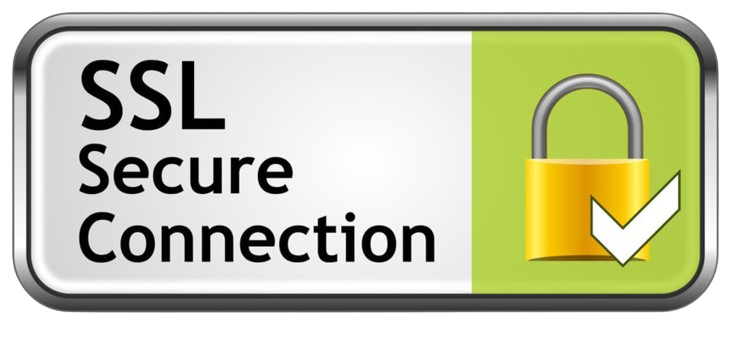The Power of Words
How Choosing Your
Words Shapes Your World
Words can inspire, motivate, comfort, and connect, or they can wound, discourage, and divide. In our daily interactions, the language we choose— whether positive or negative—holds tremendous power. Understanding this dynamic and consciously choosing our words can transform relationships, enhance communication, and even shape how we view ourselves and the world.
The Essence of Positive Language
Positive language is rooted in optimism, encouragement, and respect. It reflects hope, solutions, and constructive dialogue. Words of affirmation and kindness have the capacity to uplift others, create a sense of belonging, and foster an environment where creativity and collaboration flourish.
Characteristics of Positive Language
- Encouragement: Using words that motivate others to try again or continue their efforts.
- Empathy: Choosing language that reflects understanding and compassion.
- Solution-oriented phrases: Focusing on possibilities rather than limitations. For example, saying “How can we solve this?” instead of “This is hopeless.”
- Acknowledgment: Recognizing achievements and contributions, even minor ones, with appreciation.
Positive language not only enhances the emotional state of the individual receiving it but also improves the speaker’s mindset. Studies have shown that practicing gratitude and speaking encouraging words can lead to a more optimistic outlook on life and increased emotional resilience.
The Impact of Negative Language
Negative language, on the other hand, often conveys criticism, pessimism, or judgment. While sometimes it is necessary for addressing difficult truths, excessive use of negative language can erode trust, stifle creativity, and create barriers to effective communication.
Characteristics of Negative Language
- Criticism: Highlighting mistakes or flaws without offering solutions.
- Judgment: Using words that label or demean, rather than understanding the context or individual effort.
- Pessimism: Focusing attention on failure or obstacles without looking for ways forward.
- Exclusionary language: Words that make others feel ignored, undervalued, or unwelcome.
The consequences of negative language can be far-reaching. It can lead to demotivation, strained relationships, and a culture of fear. In professional settings, negative communication may result in reduced productivity and higher turnover rates. On a personal level, it can foster feelings of inadequacy or disconnection.
Positive Language vs Negative Language: The Psychological Impact
Psychologists and neuroscientists have extensively studied the impact of language on our mental and emotional states. Positive language triggers the release of dopamine and serotonin—neurotransmitters that promote feelings of happiness and well-being. Conversely, negative language activates the brain’s amygdala, which is responsible for fear and stress responses, leading to heightened anxiety and reduced cognitive function.
A single phrase can change the trajectory of a conversation or an interaction.
For instance:
- Positive: “I believe in your ability to make this work.”
- Negative: “You always mess this up; I doubt you’ll succeed.”
While the positive phrase can empower and inspire action, the negative phrase can demoralize and hinder progress.
Practical Applications of Positive Language
It is not just about avoiding negative expressions—it is about actively cultivating a habit of positivity in communication. Here are ways to integrate positive language into your interactions:
In Personal Relationships
- Express gratitude regularly. Saying “Thank you for always being there” can strengthen bonds.
- Offer encouragement during tough times: “You’re doing your best, and I believe in you.”
- Frame feedback constructively: “Maybe you could try this approach next time—it might work better.”
The way we communicate with others and with ourselves, ultimately determines the quality of our lives … Tony Robbins
In Professional Settings
- Focus on solutions, not problems: “Let’s explore alternatives to overcome this challenge.”
- Recognize contributions openly: “Your idea played a crucial role in this project’s success.”
- Use inclusive language: “We’ll achieve this together as a team.”
In Self-Talk
- Replace self-criticism with self-compassion: “I made a mistake, but I’m learning.”
- Celebrate small victories: “I managed that situation better than last time.”
- Affirm your worth: “I am capable and deserve success.”
Small shifts in language can lead to profound changes in perspective and behavior.
The right word may be effective, but no word was ever as effective as a rightly timed pause … Mark Twain
The Balance Between Positive and Negative Language
While positive language is undoubtedly powerful, there is a place for constructive negative communication as well. Addressing problems or pointing out areas for improvement is essential for growth and learning. The key lies in balance and intention.
Constructive Criticism vs Destructive Criticism
Constructive criticism is purposeful and aims to improve performance without harming self-esteem or motivation. For instance:
- Constructive: “Your presentation was thorough, but adding more visuals could enhance its impact.”
- Destructive: “Your presentation was boring and hard to follow.” By framing critique positively, you foster trust and openness.
Nothing is more important than the ability to communicate effectively … Gerald Ford
Final Thoughts: The Power of Choice
Whether you are crafting an email, sharing feedback, or talking to a loved one, each word you choose has the power to build bridges or erect walls.
Positive language encourages growth, understanding, and collaboration, while negative language risks alienation and discouragement.
Consciously choosing your words—and the tone behind them—can transform not only your relationships but also your own mindset and mental health. As the saying goes, “Words are free; it’s how you use them that may cost you.” Let us choose wisely, leaning into positivity to craft a world where kindness and understanding prevail.
Action … Please check out www.thesalesdoctor.com.au for over 40 inspirational, educational, and motivational e-books. Large range of topics.







